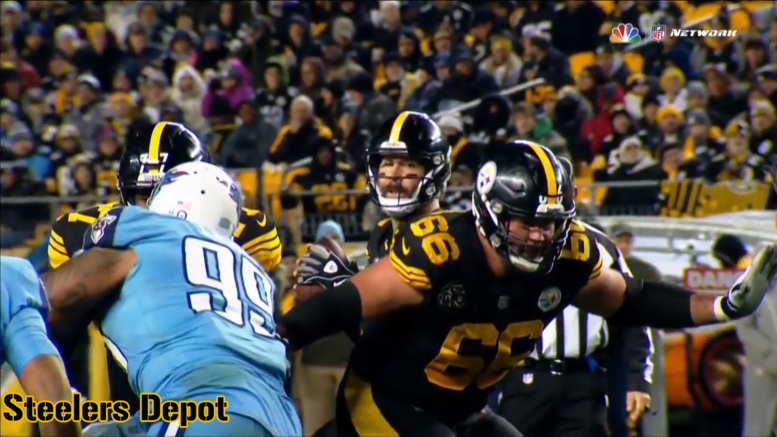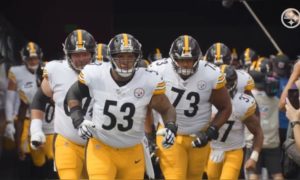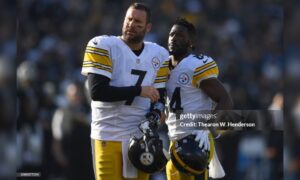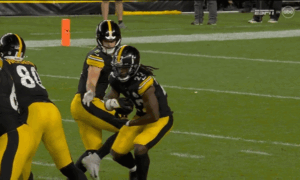When the Pittsburgh Steelers first drafted Stanford guard David DeCastro in the first round of the 2012 NFL Draft, they didn’t spend a whole lot of time with him during the pre-draft process, if I recall correctly. Most anticipated that he would be selected higher in the round. But when he fell to them at the 24th slot, they wasted no time getting their selection in to choose him.
It has been a productive and lucrative partnership for the both of them since then, though it didn’t get off to the best of starts. While DeCastro worked his way into the starting lineup at right guard by the middle of his rookie preseason, he suffered a torn MCL that nearly entirely wiped out his rookie year.
The Steelers placed him on injured reserve—if I recall correctly, it was the first season in which teams were allowed to bring a player back from the list—and his reactivation coincided with a season-ending injury for Willie Colon. Ramon Foster moved from right guard, where he had been starting, to left guard, with DeCastro plugged into the role he has maintained since.
His career since then has had a relatively consistent upward trajectory, making the Pro Bowl in each of the past three seasons and likely coming off the best season of his career in 2017. But while he has grown as an athlete, he has also matured as a person and as a teammate in the locker room, as a communicator.
Nothing makes this point more evident than the fact that he was named this year as the winner of The Chief Award, which is given yearly to the player who “best exemplifies the spirit of cooperation with the media”. In other words, he doesn’t treat the media anything like James Harrison does.
I doubt that DeCastro ever foresaw himself winning such an award when he came into the league. Somewhat shy and quite reserved in nature, the responsibilities of dealing with the media on a weekly basis at the professional level was a big adjustment for him, but in his sixth season, he has adapted and is becoming a voice for the team.
“I didn’t understand it”, he told Chris Adamski about the media attention and the obligations that exist in dealing with the press. “You go to a school like Stanford, and all you do is go to school, play football and hang out with your friends. There’s no media there, Andrew Luck would walk around campus and no one recognized him”.
Playing at Stanford is, of course, one thing. While a school that has had intermittent success over the years—including during his tenure—it is not exactly Alabama or Ohio State, teams that some view as farm systems for the NFL.
“For me to come to a city like Pittsburgh, I didn’t understand it”, he said of the way in which the city lives and breathes its sporting news. “I mean, I was a smart kid, but I didn’t understand it. I was just all about football. So the more you learn, you adapt and figure it out”.
He certainly has figured it out. In fact, he seems to have gotten almost everything figured out. Playing at the highest level of his profession, now comfortable in his skin, and a young father to boot, life is probably pretty good for 66—which is both his jersey number and roughly the amount of money he is projected to earn—in millions—through the length of his current contract by 2021.








